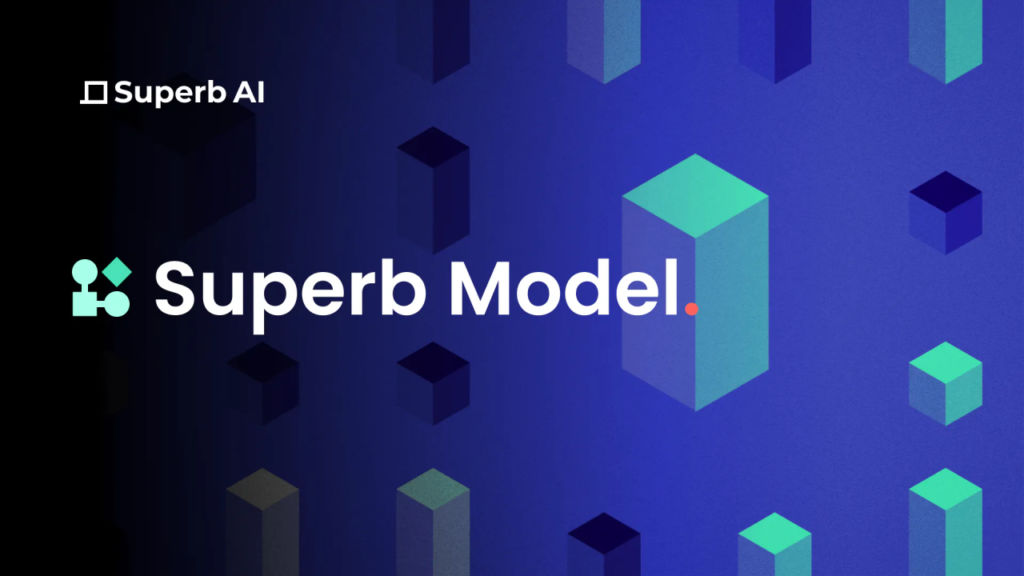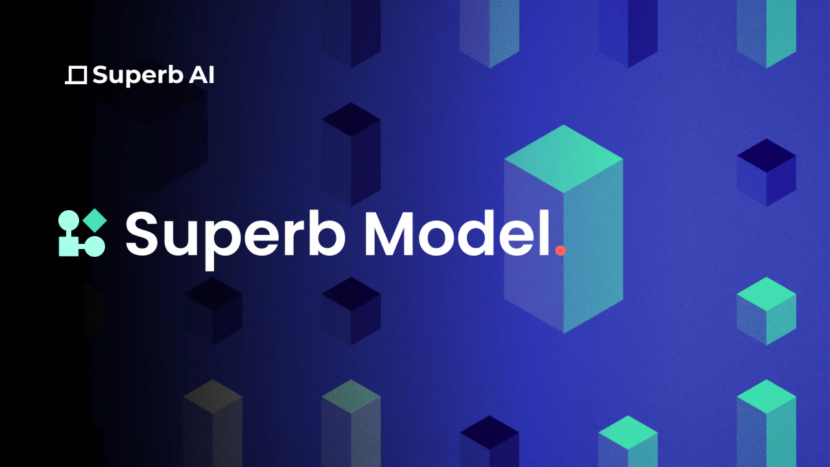Training and optimizing AI models is paramount to achieving success. AI models, the backbone of various AI applications, are trained using vast amounts of data to learn patterns and make predictions. However, training AI models can be a complex and challenging, often requiring careful consideration of various factors to ensure optimal performance.

Content
Dataset Preparation – The Foundation of AI Model Training
The quality and preparation of the data used to train AI models play a critical role in their overall performance. Poor-quality data can lead to biased or inaccurate models, while well-prepared data can significantly enhance the model’s ability to learn and generalize effectively.
Data Collection
- Identify Data Sources: Carefully identify and select relevant data sources that align with the specific AI application.
- Ensure Data Quality: Assess the quality of the collected data to ensure it is free from errors, inconsistencies, and biases.
- Data Preprocessing: Clean and prepare the data by handling missing values, outliers, and data normalization.
Model Selection – Choosing the Right Tool for the Job
The choice of AI model architecture is crucial for achieving optimal performance. Different model architectures are suited for different tasks and datasets.
- Consider Task Complexity: Assess the complexity of the task and select a model with the appropriate capacity and flexibility.
- Evaluate Model Performance: Evaluate the performance of different models using appropriate metrics, such as accuracy, precision, and recall.
- Consider Computational Resources: Choose a model that aligns with the available computational resources and training time constraints.
Initial Training – Setting the Stage for Success
The initial training phase involves setting the stage for effective learning and optimization.
- Hyperparameter Tuning: Optimize model parameters to improve its performance on the training data.
- Regularization: Employ regularization techniques to prevent overfitting and improve generalization.
- Early Stopping: Implement early stopping to prevent overtraining and enhance generalization.
Training Validation – Assessing Progress and Preventing Overfitting
Training validation is an essential step to monitor the model’s performance during training and prevent overfitting.
- Validation Set: Divide the training data into a training set and a validation set.
- Monitor Validation Performance: Track the model’s performance on the validation set to detect overfitting.
- Early Stopping: Utilize early stopping to halt training when validation performance starts to deteriorate.
Testing the Model – Putting it to the Real-World Test
Once the model has been trained and validated, it is crucial to evaluate its performance on real-world data.
- Test Set: Use a separate test set that is not part of the training or validation data to assess the model’s generalization ability.
- Evaluate Performance: Evaluate the model’s performance on the test set using appropriate metrics.
- Refine and Improve: Based on the test results, refine and improve the model by adjusting hyperparameters, data selection, or model architecture.
By following these best practices and tips, you can effectively train and optimize AI models to achieve optimal performance in various applications. Remember that AI model training is an iterative process, and continuous improvement is key to achieving success.

A business blog writer at the age of 19, Francis is a jack-of-all trades when it comes to writing. He specializes in content creation for businesses and blogs. With years of experience under his belt, he’s able to provide both written and video content that will engage readers and viewers alike!


